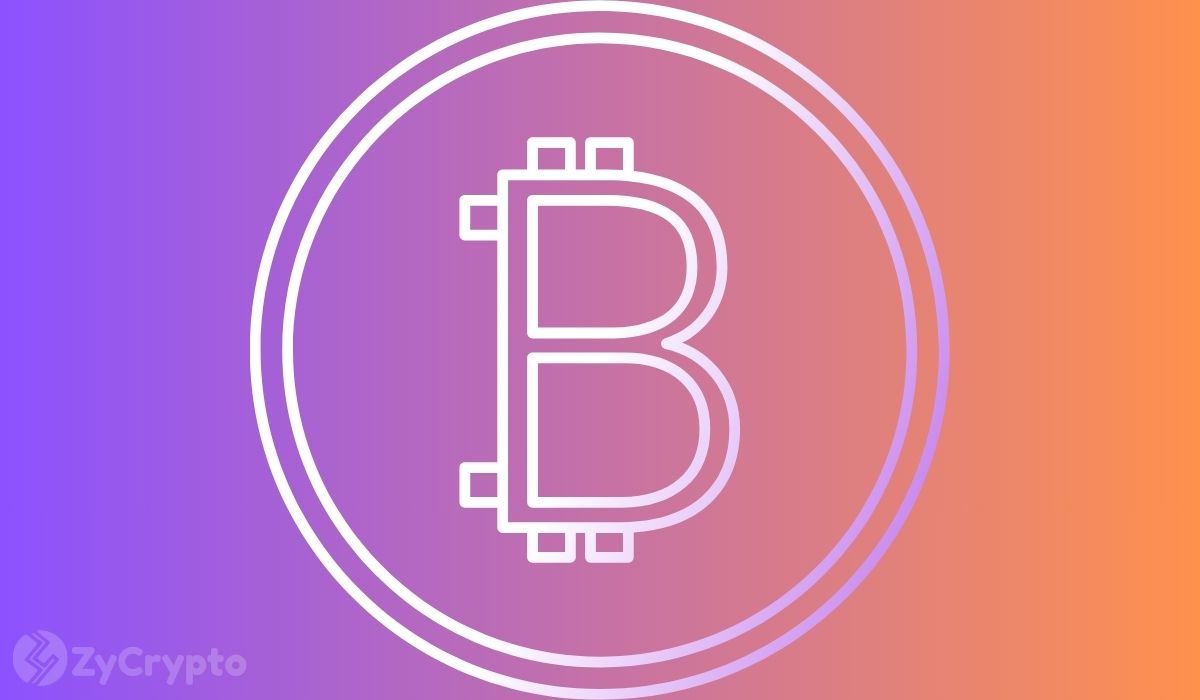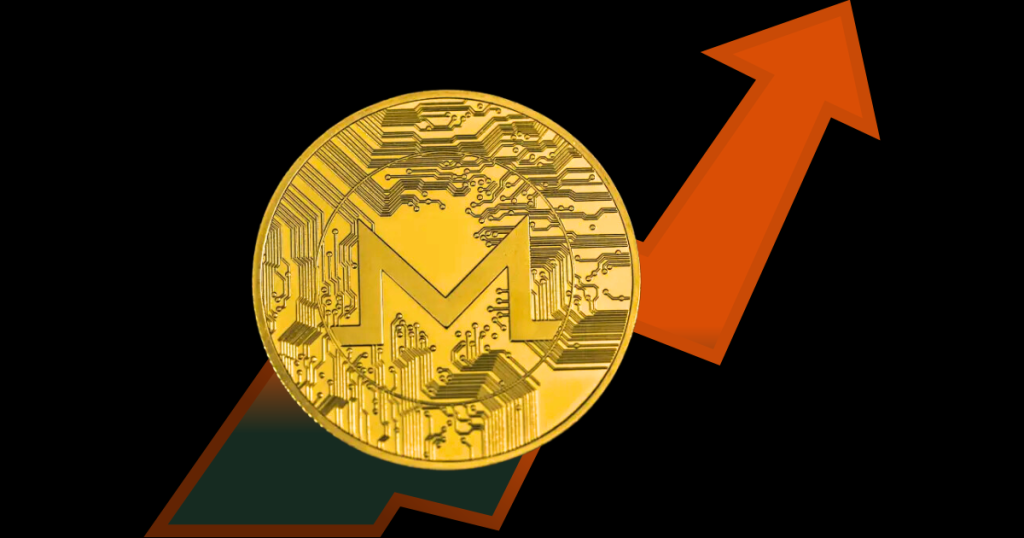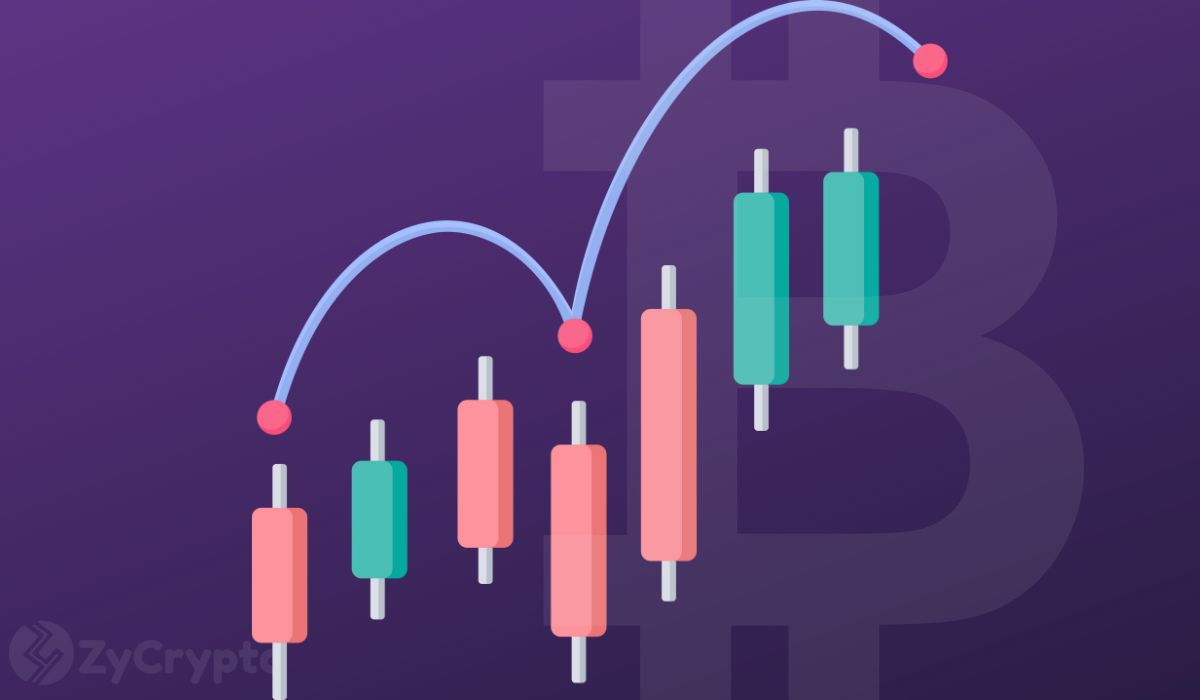Bitcoin (BTC ($107,415.00)) pushed to a new all-time high in early Thursday trading, briefly touching $124,400 and overtaking the previous record set on July 14. The rally unfolded alongside gains in major U.S. equity benchmarks, with the Nasdaq and S&P 500 also closing at record highs. Ethereum (ETH ($3,910.83)) extended its own climb, reaching its highest level since November 2021.
The surge reflects a confluence of macroeconomic shifts, policy changes, and capital flows that are increasingly institutional in nature. Four key forces are shaping the current phase of the crypto bull market.
1. Federal Reserve Easing Expectations Fuel Risk Appetite
July’s U.S. CPI data matched forecasts, reinforcing bets on a September Fed rate cut. Treasury Secretary Scott Bessent suggested rates should be 150–175 basis points lower than current levels, even floating the possibility of a 50 bps cut in September. Goldman Sachs projects three consecutive 25 bps cuts in September, October, and December, with additional easing into 2026.
Lower policy rates compress Treasury yields, reducing returns on traditional safe assets and pushing investors toward higher-yielding, higher-risk instruments—including digital assets. The weaker dollar and declining real yields are amplifying this shift, helping Bitcoin attract both retail and institutional allocations.
2. Regulatory and Policy Shifts Unlock New Capital Sources
The U.S. administration has enacted measures with direct implications for crypto demand:
- 401(k) Access: A new executive order allows retirement plans to include alternative assets like crypto. Even a 2% allocation of the $9 trillion 401(k) market would represent roughly $170 billion in potential inflows—about two-thirds of the combined market cap of current crypto ETFs and public corporate BTC holdings.
- Stablecoin Regulation: The “GENIUS Act” mandates that stablecoin issuers back tokens with safe assets like U.S. Treasuries. Since its rollout, stablecoin market capitalization has climbed to $270 billion, up $9.1 billion in less than a month. The policy also creates a feedback loop—stablecoin growth drives Treasury bill demand, which in turn ties crypto liquidity more closely to the U.S. debt market.
3. Institutional Flows and Corporate Treasuries Lead the Charge
Unlike past cycles dominated by retail speculation, this rally is marked by persistent institutional inflows:
- ETF Demand: U.S. spot BTC ETFs recorded over $1 billion in net inflows in just five sessions (Aug 6–12). ETH ETFs also set a single-day inflow record at $1 billion.
- Corporate Accumulation: Companies such as Strategy (formerly MicroStrategy) and Japan’s Metaplanet have expanded BTC holdings, with the top five treasury holders now controlling 772,359 BTC. ETFs and treasuries combined hold an estimated 3.64 million BTC, constricting available supply.
This structural bid underpins price resilience, even during short-term pullbacks, and reflects Bitcoin’s deepening role as a balance-sheet asset.
4. “Coin-Stock Convergence” and Market Sentiment
Crypto assets are moving in tandem with equities, reflecting synchronized risk-on sentiment. The IPO of Bullish (NYSE: BLSH) saw shares more than double intraday before closing up 84% at a near-$10 billion valuation. Circle, issuer of USDC ($1.00), reported a 90% year-over-year increase in circulation to $61.3 billion in its latest earnings.
This crossover between equity and crypto markets highlights how digital assets are being integrated into traditional financial ecosystems—not only as speculative vehicles but as core components of capital markets.
Forward Outlook: $130k–$150k in Sight?
Analysts remain divided on the near-term trajectory:
- Upside Potential: IG’s Tony Sycamore notes that a sustained break above $125k could open a path to $150k, driven by technical momentum and institutional bids. Real Vision’s Jamie Coutts sees U.S. fiscal expansion and inflation concerns pushing BTC beyond $132k by end-2025.
- Supportive Structure: CryptoQuant data shows on-chain profit-taking ratios remain near averages, suggesting the market is not yet overheated.
- Risks: Over-leverage, shifting Fed expectations, or sudden dollar strength could spark corrections of 15–25%. However, analysts note ETF demand and corporate holdings may cushion drawdowns.


























 24h Most Popular
24h Most Popular







 Utilities
Utilities